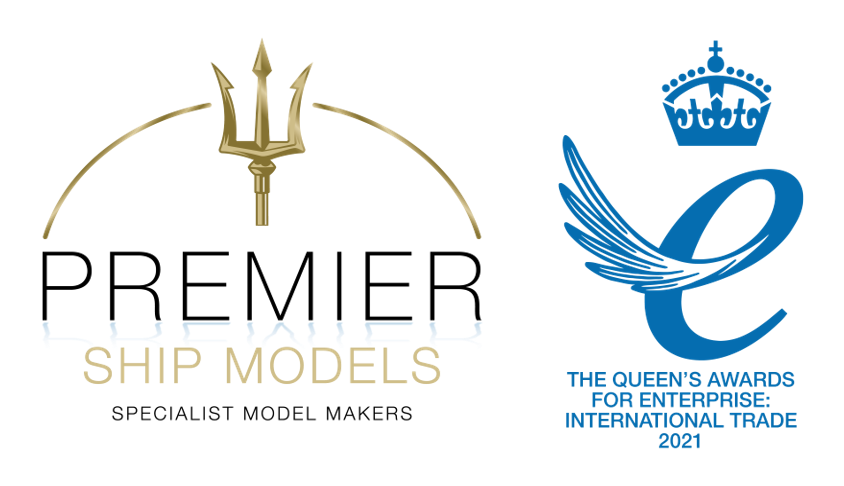If you are unfamiliar with the maritime industry, you might be understandably confused by some of the different terms. Harbour, port, and terminal, are three words which might roughly mean the same thing to many people, but which are actually quite different. Here we will explore those terms.
Port
A port is a zone located on land and water and either on a river or the sea/ocean. Here freight ships/tankers either load or unload their cargo for export or import. They are normally connected to road and rail, so the cargo can be distributed nationwide.
A port’s boundaries are decided upon by people. A single harbour might have a number of different ports. Sydney, Australia, for example, has numerous ports located around one large harbour.
Two types of port exist. The type places certain restrictions on how the port operates.
Closed – here, only national traffic is permitted. This is common in many countries, particularly Japan. Such restrictions aim to protect home fleets from being undercut by cheaper overseas ships. In general there are no immigration or customs authorities at these ports, so they are closed to minimise the chances of illegal immigration.
Free – Free (also known as “open”) ports are run with fewer customs regulations and are easier for quicker cargo transport at a reduced cost thanks to less paperwork.
Harbour
“Harbour” means the physical zone where the water meets the land and creates a natural bay area. Most are natural, but some are human-made, such as Portland in Britain.
Many harbours have provided a safe place to anchor for centuries, while giving easy shore access.
Harbours need to be deep enough for big ships and wide enough for vessels to pass each other.
There are many natural and manmade harbours globally, but the largest (i.e. the deepest and widest) natural harbour on the planet is Sydney Harbour, which is over 11 miles long and 21 miles wide.
Terminal
Human-made facilities for berthing ships and their cargo. There are two types: Terminals in open water with no land bridge, and terminals in sheltered water with a land bridge. Different types of cargo are separated at a terminal.
A port might have, for example, a container terminal, an energy terminal (for oil, gas and coal) and a bulk cargo terminal. Container terminals are the largest of these. The biggest is in Shanghai, China.
Berths/Quays/Piers and Jetties
As you might expect, maritime terminology extends far beyond ports, harbours and terminals. Within each port or terminal are a number of berths or quays – locations where the ships are actually moored (secured and stored). In small ports, meanwhile, you might instead have several piers or jetties, which do the same job.
To summarise, a harbour can have multiple ports, a port can have multiple terminals and a terminal can multiple many berths: But it doesn’t end there… then there are wharves and docks to consider – topics for another article.


